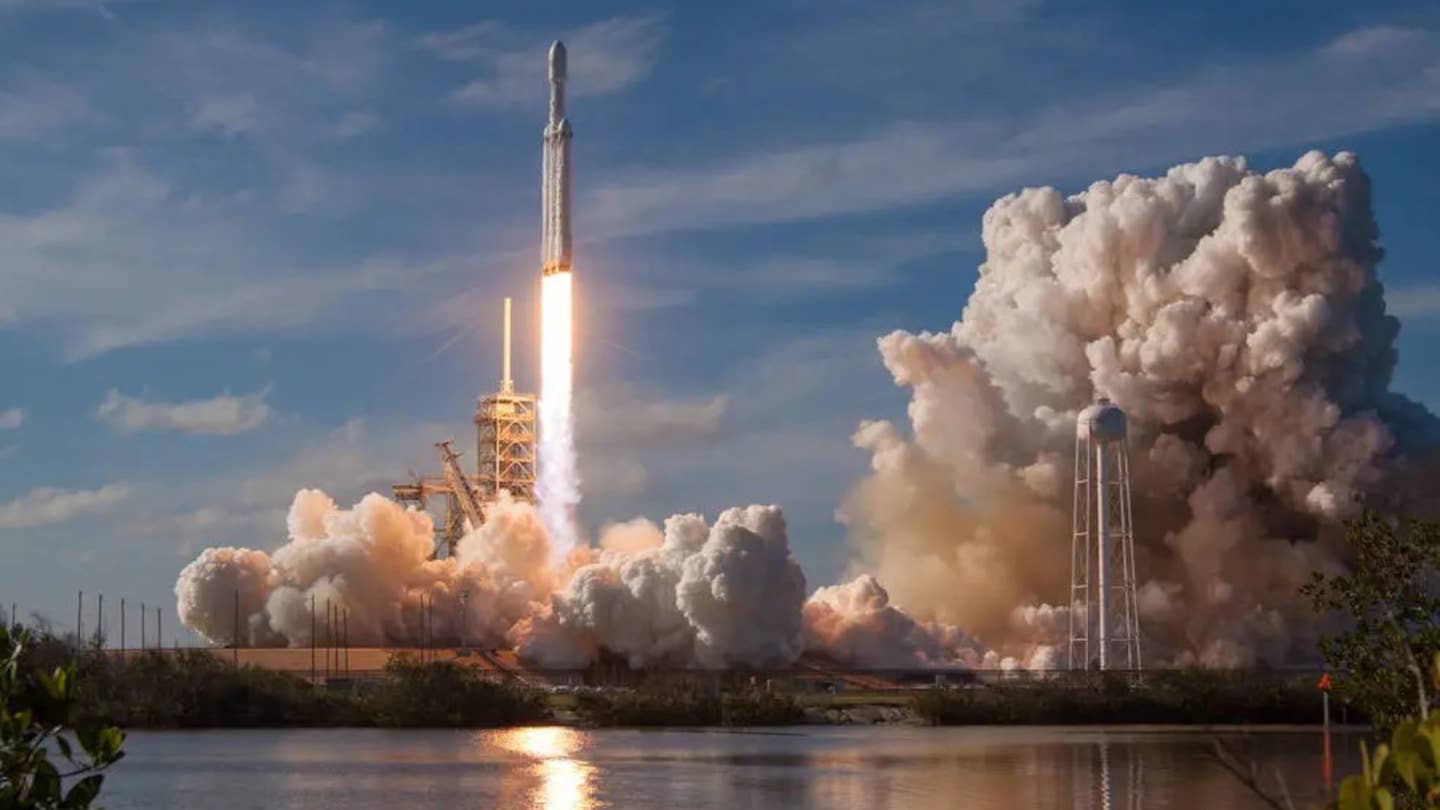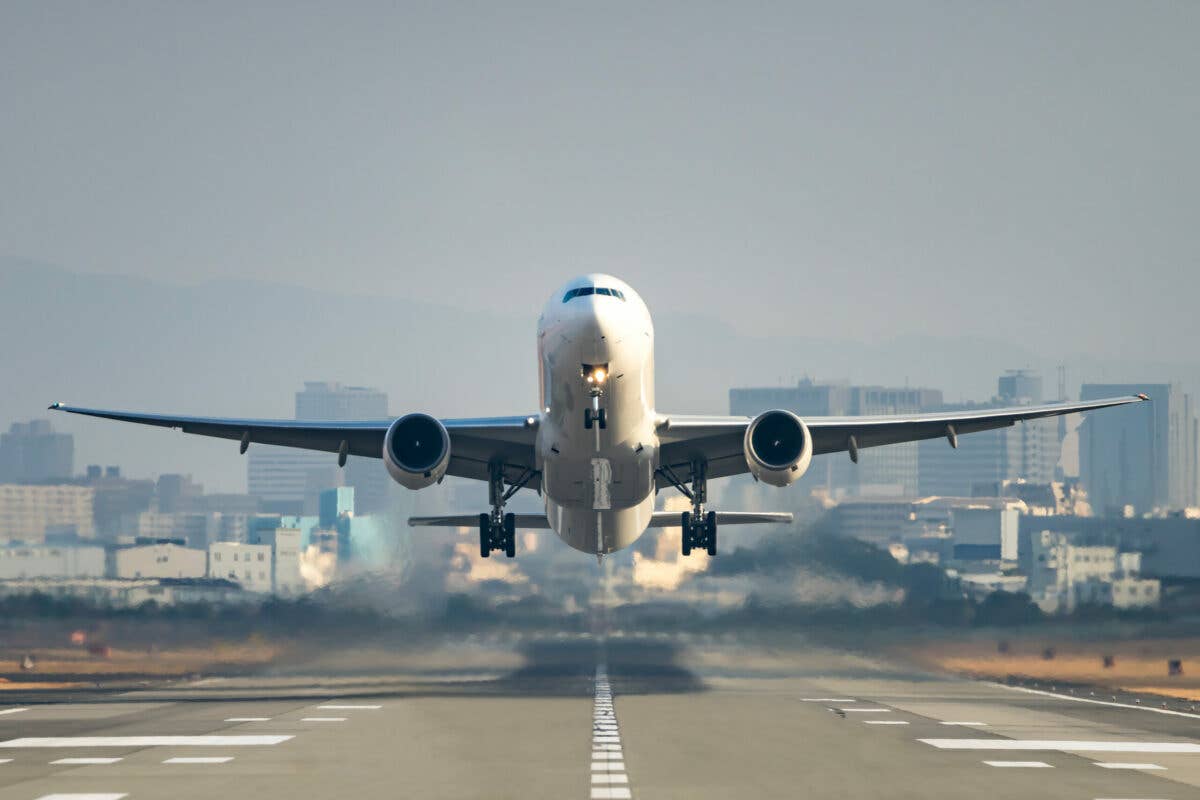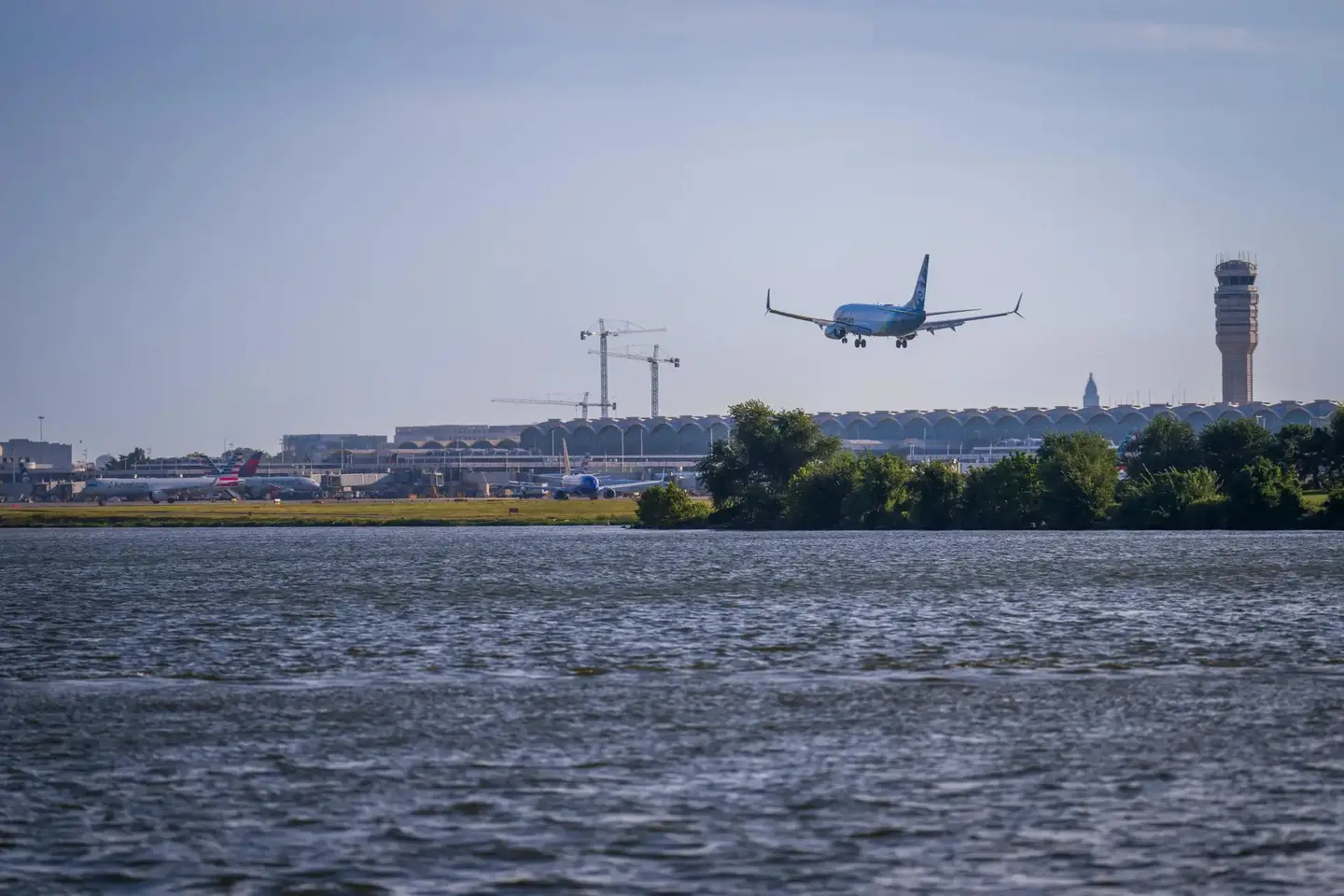SpaceX Pitches High-Frequency Starship Operations at Kennedy Space Center
The company proposes installing infrastructure that would support as many as 44 Starship launches annually but will first need to pass an environmental assessment.

SpaceX’s Falcon Heavy rocket, which has launched from Kennedy Space Center since 2018, lifts off from Launch Pad 39A on its maiden voyage on February 6, 2018. [Courtesy: NASA]
The FAA on Friday revealed a proposal by SpaceX to operate Starship, the largest and most powerful rocket ever built, out of Kennedy Space Center in Florida.
The agency says it plans to prepare an environmental impact statement (EIS) on the potential effects of awarding a commercial launch vehicle operator license for Starship operations at Kennedy’s Launch Complex-39A. To date, all Starship test flights have launched from SpaceX’s Starbase launchpad in Boca Chica, Texas, which serves as its primary research, development, and flight test facility for the gargantuan rocket.
SpaceX will need to obtain a vehicle operator license before launching Starship from Kennedy, an action that falls under the National Environmental Policy Act (NEPA), the FAA says. As such, it and NASA determined an EIS to be the appropriate level of scrutiny.
SpaceX will prepare the assessment itself under FAA supervision, at NASA’s request. Obtaining the EIS would not guarantee the issuance of a vehicle operator license, but it is a required step under NEPA.
SpaceX’s proposal calls for the construction of launch, landing, and other infrastructure at Launch Complex-39A that would support as many as 44 launches per year using Starship and the company’s Super Heavy booster. The site hosts launches of its Falcon 9 and Falcon Heavy rockets.
The new infrastructure would allow Starship—which is designed to be reusable—to land back on the launchpad or a droneship, a sea-borne landing platform. The proposal also calls for expendable rocket and booster landings in the Atlantic Ocean.
The FAA will hold one virtual and three in-person public scoping meetings, inviting relevant agencies and organizations, local Native American tribes, and members of the public to submit comments on the potential environmental impacts of the proposal.
The submission period for public comments opened Friday with the publication in the Federal Register of an FAA notice of intent to prepare the EIS. Stakeholders can attend in-person scoping meetings on June 12 and 13, followed by a virtual meeting on June 17. More information is available on the FAA website.
Starship so far has flown three uncrewed orbital test flights, each more successful than the last. However, the first of those flights, which launched in April 2023, caused a litany of unintended environmental effects, shattering windows and sending plumes of ashy particulate as far as 6 miles away from Starbase.
The debris field created by the launch had a far wider radius than anticipated, due in part to SpaceX’s decision to forgo the installation of a water-cooled steel plate beneath the launchpad. A water deluge system was installed for Starship’s second test flight, which greatly improved containment of the debris field.
Following Starship’s first test flight, a coalition of environmental groups also sued the FAA over its handling of the launch. The groups accuse the agency of allowing SpaceX to take the reins on evaluating the rocket’s environmental impact.
Like this story? We think you'll also like the Future of FLYING newsletter sent every Thursday afternoon. Sign up now.

Sign-up for newsletters & special offers!
Get the latest FLYING stories & special offers delivered directly to your inbox






